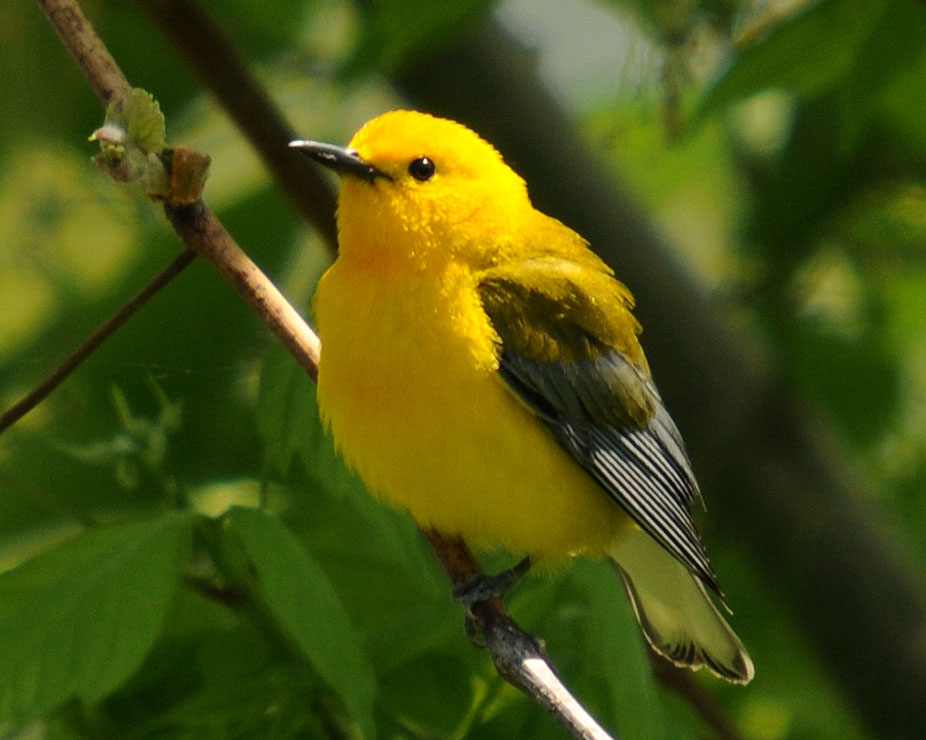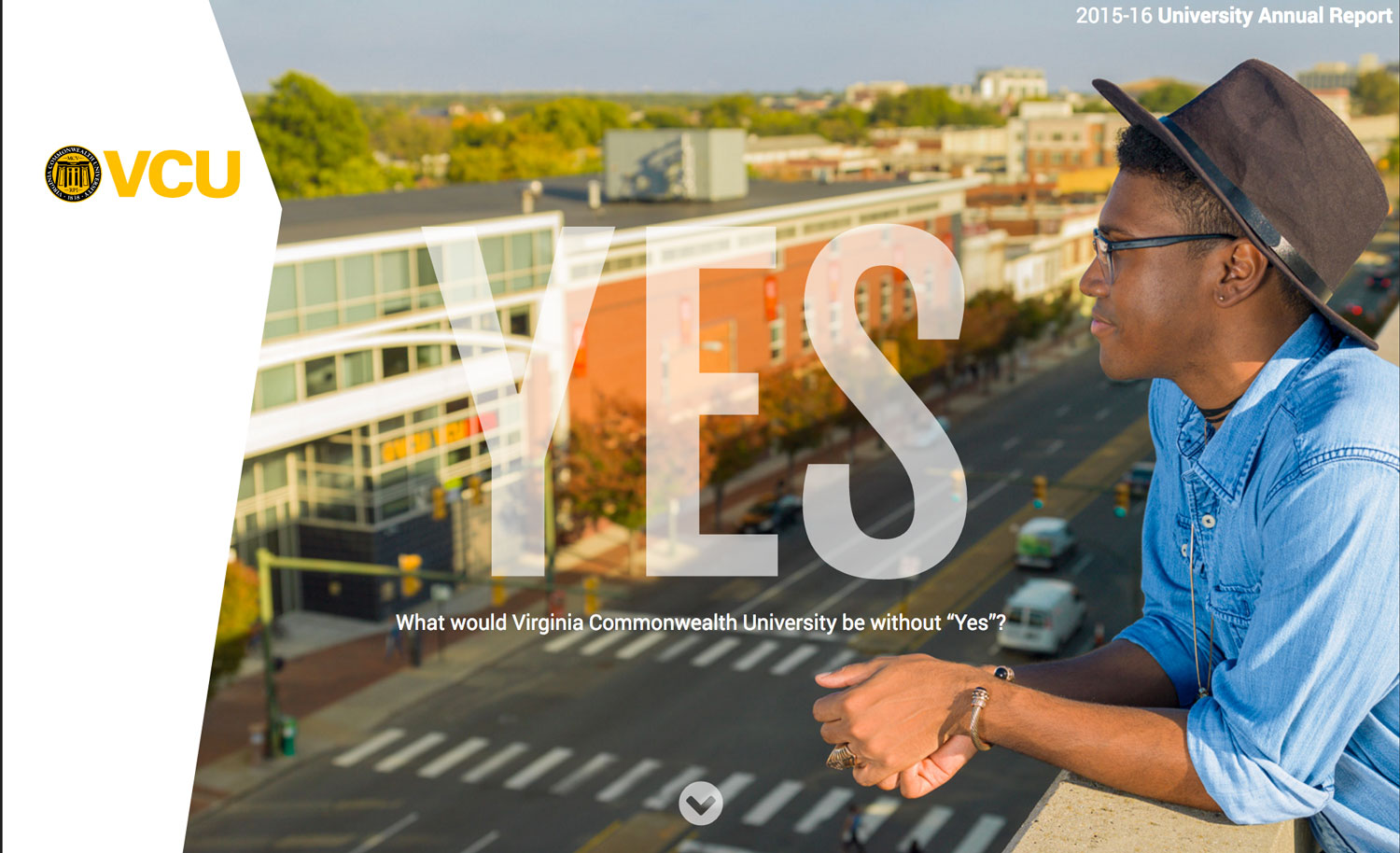Can everyone play? Yes.
“You Can Play” campaign
There’s a national movement underway. LGBTQIA+ athletes are teaming up with straight allies for respect. At VCU, faculty and staff leaders launched a survey to understand the current climate of diversity, equality and inclusiveness within our athletics teams. The findings showed a small percentage of athletes perceived a negative environment, but more than half had heard negative comments. They saw an opportunity for awareness among players and coaches. “You Can Play” launched. And VCU Athletics, with the help of the university’s leadership team, took the message a step further: to promote and support VCU’s mission of diversity and inclusion everywhere. That message was sent loud and clear at VCU’s sporting events, including annual PRIDE games where the athletes warm up in PRIDE shirts and staff provide LGBTQIA+ resources and support information. And our teams embraced it, participating in Safe Zone training where they learn how they can help make our campus a safer and freer environment for all members of our community.

